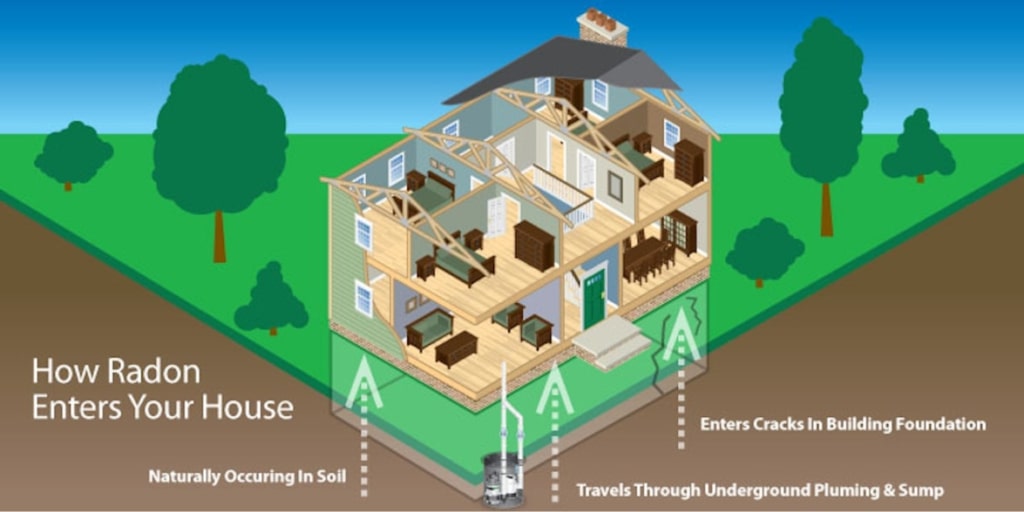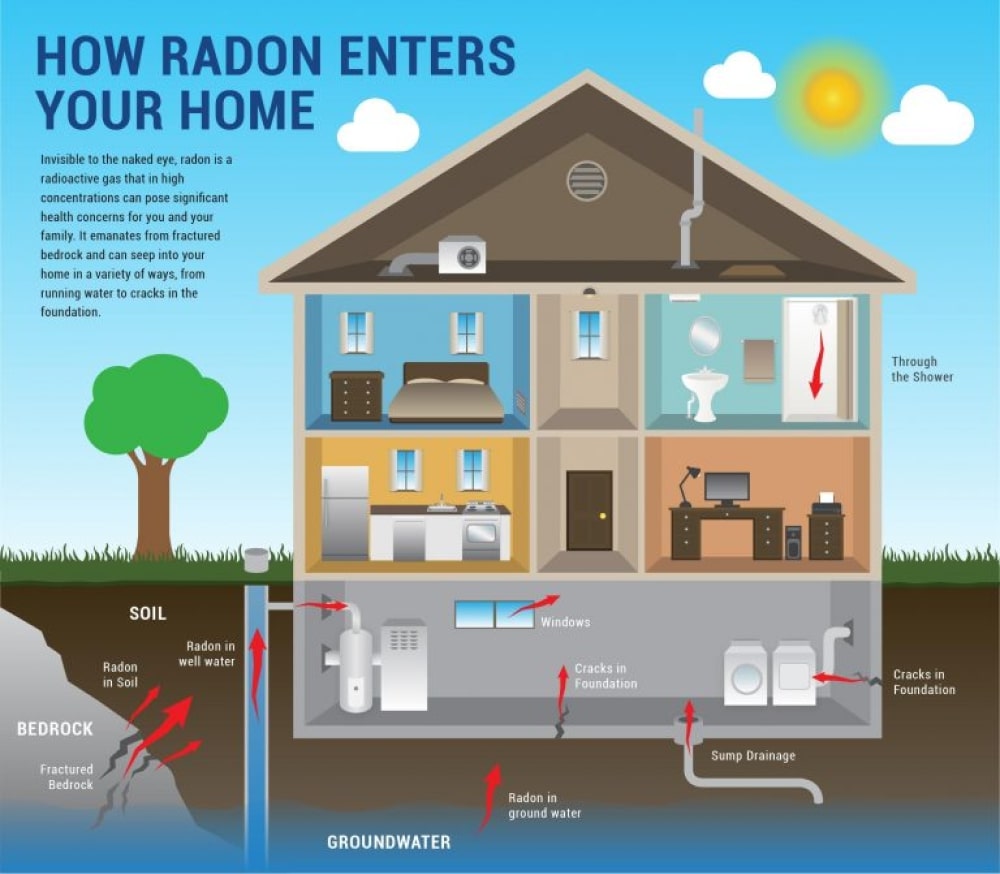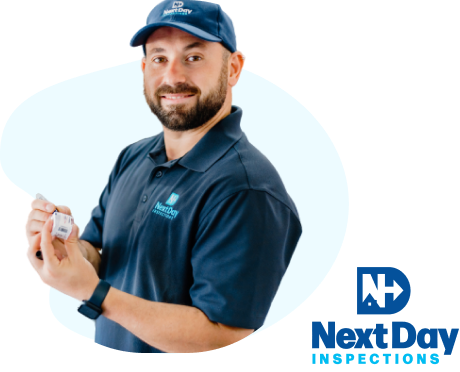Radon is a naturally-occurring, odorless, and colorless radioactive gas that can cause lung cancer. Breathing radon gas over time increases the chances of lung cancer even faster.
Radon disperses outdoors rapidly and generally, it’s not a health issue since it’s naturally in trace amounts in our atmosphere. Radon gas gets trapped after entering the home through cracks and other foundation holes.
If elevated levels of radon gas exist in a home it can be remediated with proven cost-effective techniques.

To control and reduce the amount of radon gas, first thing to do is to get the home tested. You can do this either done by professional or with do it yourself-home to do kits. Be mindful, DIY kits usually can measure different results compared to a professional kits that a home inspector will carry as part of his tools. In this case you might receive results that are not right and cause you more money by remediating an issue that you might not have.
After you have conduct your radon inspection you will receive a detailed report with results from the examination. If in case you receive high elevation of radon gas, you should contact certified radon licensed professional to fix the problem. This can be done by installing underground ventilation system or by increasing the rate of air changes in the building. EPA guidance suggest mitigating if levels of radon gas are at or above 148 Becquerels/m3, (4 picocuries/liter)


EXCELLENTTrustindex verifies that the original source of the review is Google. Great service and excellent customer service from Miki, he was always available to answer any queries and I had the report sent over by the end of the day. Thank you.Trustindex verifies that the original source of the review is Google. Great company to work with annd easy process. Always made time to explain stuff.Trustindex verifies that the original source of the review is Google. We are delighted to recommend Miki from Next Day Inspections. We were impressed with his demeanor and his attention to detail. His report was very thorough and we felt like our home inspection was in great hands!Trustindex verifies that the original source of the review is Google. Miki did amazing job. Very detailed oriented!Trustindex verifies that the original source of the review is Google. Miki was thorough, knowledgeable, and took the time to explain their findings in detail, ensuring I understood all aspects of the report. Their professionalism and attention to detail gave me confidence in making an informed decision. I highly recommend Miki Nikolovski to anyone in need of a reliable and trustworthy home inspection.Trustindex verifies that the original source of the review is Google. Miki was prompt, professional, and pleasant. We got our 4 point report within an hour.Trustindex verifies that the original source of the review is Google. His name says it all... My clients had a quick deadline and were looking for a "next day" inspector. Miki was great!! He showed up on time and was very thorough with his report. Would highly recommend Next Day Inspections.Trustindex verifies that the original source of the review is Google. Today we meet with Miki for our home inspection. He was ensuring all aspects of the project were meticulously checked. He arrived on time, demonstrated a keen attention to detail, and communicated any findings clearly and professionally. Miki’s expertise and proactive approach gave us confidence that the work is up to standard and any potential issues were addressed promptly. Overall, I am very satisfied with his inspection and would gladly recommend his services for future needs. Thank you Miki.Trustindex verifies that the original source of the review is Google. Mikki was amazing. Very knowledgeable and Thural. My buyers were very happy to have used his company for the home inspectionTrustindex verifies that the original source of the review is Google. Miki conducted a very thorough inspection and gave me insight. I now know how to move forward. Thanks!
Monday - Friday (8am - 5pm)
Saturday (Appointment only)
Sunday (Closed)
Copyright © Next Day Inspection 2025 – Powered by Coding Factory